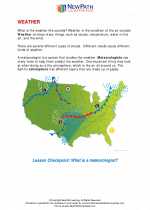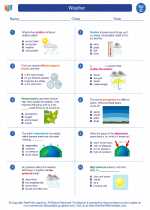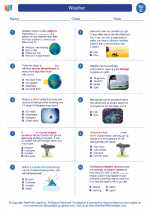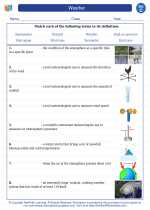Acceleration
Acceleration is the rate of change of velocity with respect to time. It is a vector quantity, meaning it has both magnitude and direction. When an object accelerates, it changes its velocity either by speeding up, slowing down, or changing direction.
Calculating Acceleration
The formula for calculating acceleration is:
acceleration = (change in velocity) / (time taken)
Where:
- Acceleration is measured in meters per second squared (m/s2).
- Change in velocity is the final velocity minus the initial velocity.
- Time taken is the duration over which the velocity changes.
Types of Acceleration
There are several types of acceleration, including:
- Linear acceleration: This occurs when an object speeds up or slows down in a straight line.
- Angular acceleration: This occurs when an object changes its rotational speed.
- Centripetal acceleration: This occurs when an object moves in a circular path and changes its direction.
Units of Acceleration
The SI unit of acceleration is meters per second squared (m/s2).
Study Guide
Here are some key points to remember about acceleration:
- Acceleration is the rate of change of velocity.
- It is a vector quantity, meaning it has both magnitude and direction.
- The formula for calculating acceleration is: acceleration = (change in velocity) / (time taken)
- There are different types of acceleration, including linear, angular, and centripetal acceleration.
- The SI unit of acceleration is meters per second squared (m/s2).
Remember to practice using the acceleration formula and understanding the different types of acceleration to master this topic!
.◂Science Worksheets and Study Guides Third Grade. Weather
Study Guide Weather
Weather  Worksheet/Answer key
Worksheet/Answer key Weather
Weather  Worksheet/Answer key
Worksheet/Answer key Weather
Weather  Worksheet/Answer key
Worksheet/Answer key Weather
Weather  Vocabulary/Answer key
Vocabulary/Answer key Weather
Weather  Vocabulary/Answer key
Vocabulary/Answer key Weather
Weather 

 Worksheet/Answer key
Worksheet/Answer key
 Worksheet/Answer key
Worksheet/Answer key
 Worksheet/Answer key
Worksheet/Answer key
 Vocabulary/Answer key
Vocabulary/Answer key
 Vocabulary/Answer key
Vocabulary/Answer key

The resources above cover the following skills:
EARTH AND SPACE SCIENCE (NGSS)
Earth’s Systems
Students who demonstrate understanding can:
Represent data in tables and graphical displays to describe typical weather conditions expected during a particular season.